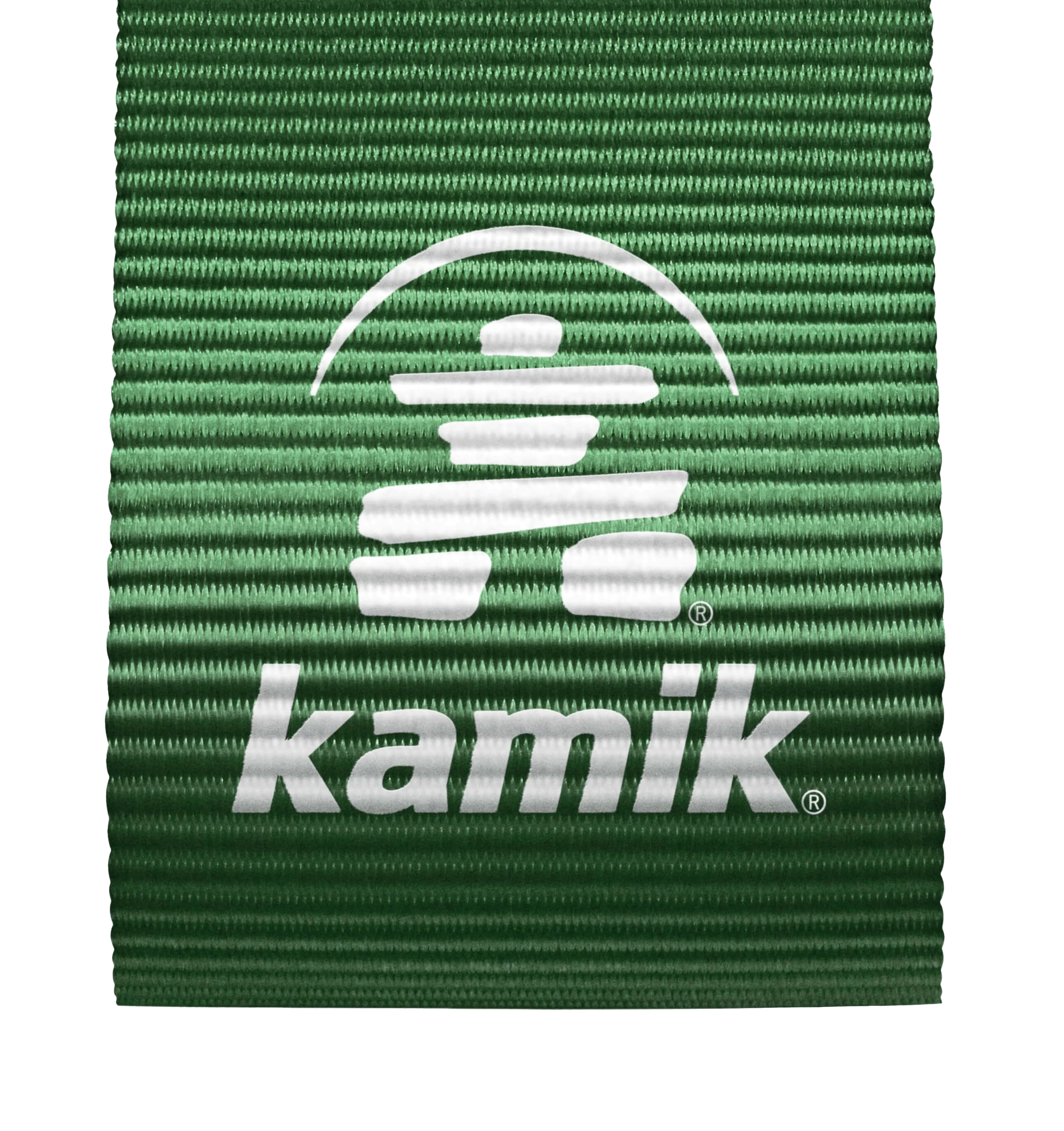Think back to when you were young, and spent hours playing outdoors without any agenda beyond having fun. Maybe your parents would kick you outside and tell you to play until dinner, and you’d fill the time creating something out of nothing with your friends, just making the rules up as you went. The whole neighborhood was your playground, and every corner offered a new adventure.
The memories probably fill your heart with joy, remembering how free and fun it was to be a kid. If you have children, you probably want them to have the same experiences – but recent studies show kids are missing the unstructured, outside free play experiences their parents enjoyed as kids.
Today’s children spend 40% less time playing outside [1] than their parents did. Even more alarming, nearly one in five kids today play freely outside only once a week or less.
In today’s hectic, overscheduled environment, many parents feel the pressure to keep their kids occupied with activities that are viewed as academically enriching, from extracurricular classes to structured sports leagues and more. We’re filling so much of our kids’ free time, they barely have any time left to be kids!
It’s time we do something about it. The time has come to #FreeYourPlay.
Kamik is igniting a global movement that invites parents to step outside the overcrowded repetition of their family’s daily routine and rediscover an offline-no-agenda creative balance with their kids through moments of imaginative, self-chosen, and self-directed outside free play.
What is Free Play?
Free Play is unstructured, child-initiated activity that allows kids to develop their imaginations while exploring and experiencing the world around them, often out of the view and supervision of adults. Free play happens when kids call the shots and let their imaginations run wild! Whether it’s building a blanket fort or climbing a tree, puddle jumping or snowman building, it’s the spontaneous play that comes naturally from kids’ curiosity, love of discovery, and enthusiasm.
For us at Kamik, ‘play’ isn’t the most important word – ‘free’ is.
When children freely play outside, they’re developing much more than their strength.
“In adventurous outdoor play they build not just their heart, lungs, and muscles, but also their courage and resilience,” notes Dr. Peter Gray, search professor of psychology and author of Free to Learn: Why Unleashing the Instinct to Play Will Make Our Children Happier, More Self-Reliant, and Better Students for Life.
The benefits are incredible.
Active play doesn’t just build strong bodies, it builds strong minds.
When play isn’t planned, children have a chance to observe and develop problem-solving skills. Open-ended play helps children develop memory, and practice creativity and imagination.
It makes great communicators.
Free play gives children greater opportunities to interact with other children and grown-ups. With no strict structure, children learn to share, cooperate and communicate with others.
It simply feels good.
Playing freely brings moments of excitement and feelings of happiness, contributing to children’s emotional wellbeing. Play that’s not adult-directed helps build confidence and independence.
The need for free play has become critical, especially given the recent recommendation to increase children’s unstructured play from the American Academy of Pediatrics.
Our #FreeYourPlay initiative encourages families to rediscover the fun and freedom of unstructured play by providing accessible, simple ideas to help their children develop their creativity through playing outside, freely. Click around Kamik.com for all kinds of tips and ideas to spark your family’s next outdoor adventure – and share the fun with us on social media using #FreeYourPlay. To learn more, subscribe to our newsletter here.
[1] A global study conveyed by market research firm Ipsos on behalf of Kamik from August 3 to August 16, 2018 surveyed parents of kids ages 3-12 in the US, Canada, Germany, and Norway. US and Canada survey data compilation combine 2,002 women ages 24+ identifying as mothers with children ages 3-12. They agreed to take a survey about both their personal play patterns as youth and their children’s current play patterns.


